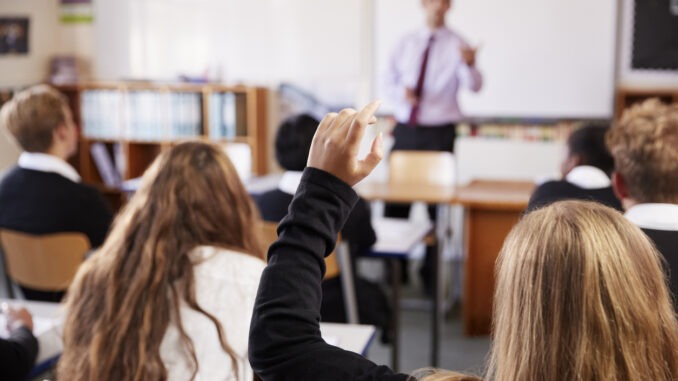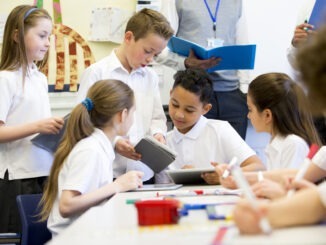
As reported by The Independent, disadvantaged pupils fall further behind in primary schools and at GCSE, Fair Education Alliance says
Poorer students are lagging behind their peers at the same rate as they were a decade ago, a report on the long-standing attainment gap has found.
Disadvantaged pupils have fallen further behind in primary school and at GCSE as progress towards more equal outcomes has slid backwards, the annual research found.
They were at their furthest point behind better-off peers at these stages since 2012, according to the Fair Education Alliance, a coalition of 250 groups that aim to tackle inequality within education.
It said the Covid pandemic served as a barrier to progress being made to narrow the attainment gap, with the cost of living crisis now risking making the situation even worse.
The attainment gap has long been an issue in the UK, with wealthier pupils generally tending to do better in school than their more disadvantaged peers.
The Fair Education Alliance published its annual report on educational inequality on Wednesday, offering an assessment on how the attainment gap stands in 2022.
It found the divide between disadvantaged pupils and their peers has widened in maths, writing and reading at primary school due to disruption caused by the Covid pandemic, which sent students home for months at a time, and was now at its widest point since 2012.
Similarly, the attainment gap at GCSE was at its highest point in the past decade. The Fair Education Alliance said this could be down to major policy changes to per-pupil funding and the limiting of subject choice at GCSE.
The regional attainment gap which sees students from London outperform others was also widening, the report said. In this year’s GCSE results, the divide between the proportion of students getting top grades between the north and south grew.


Be the first to comment